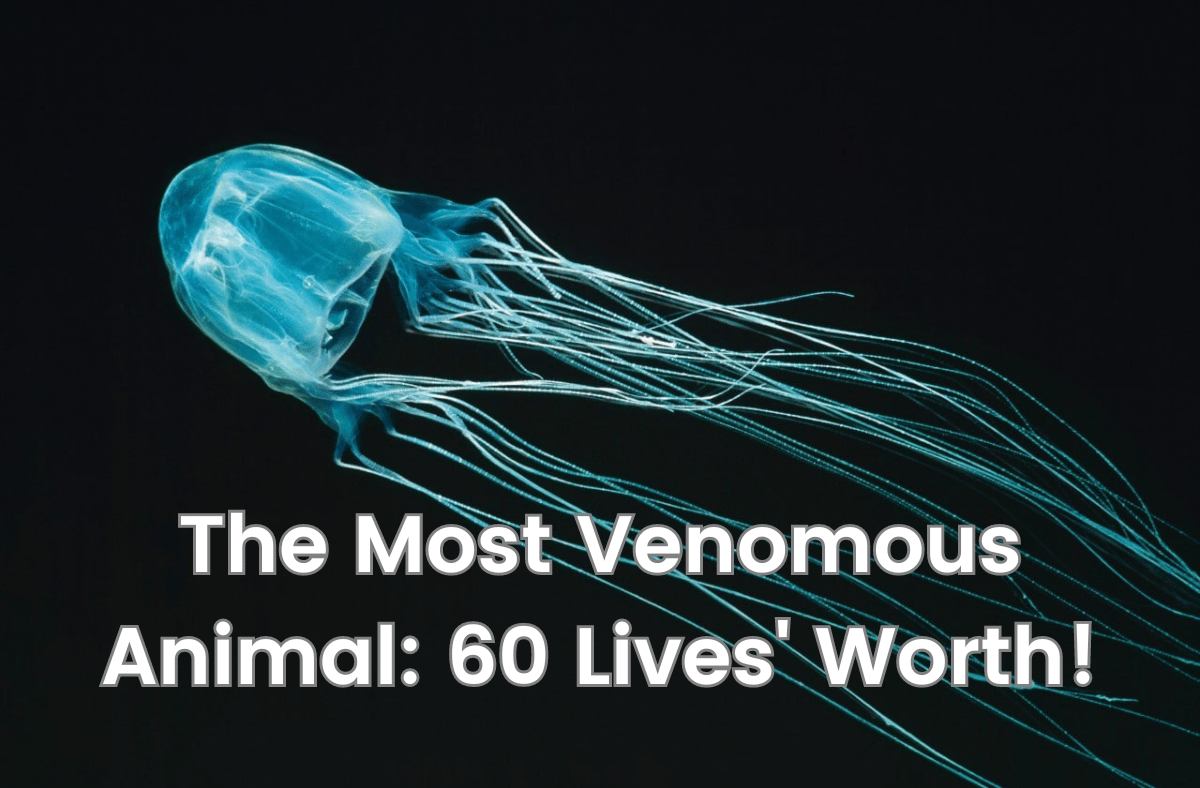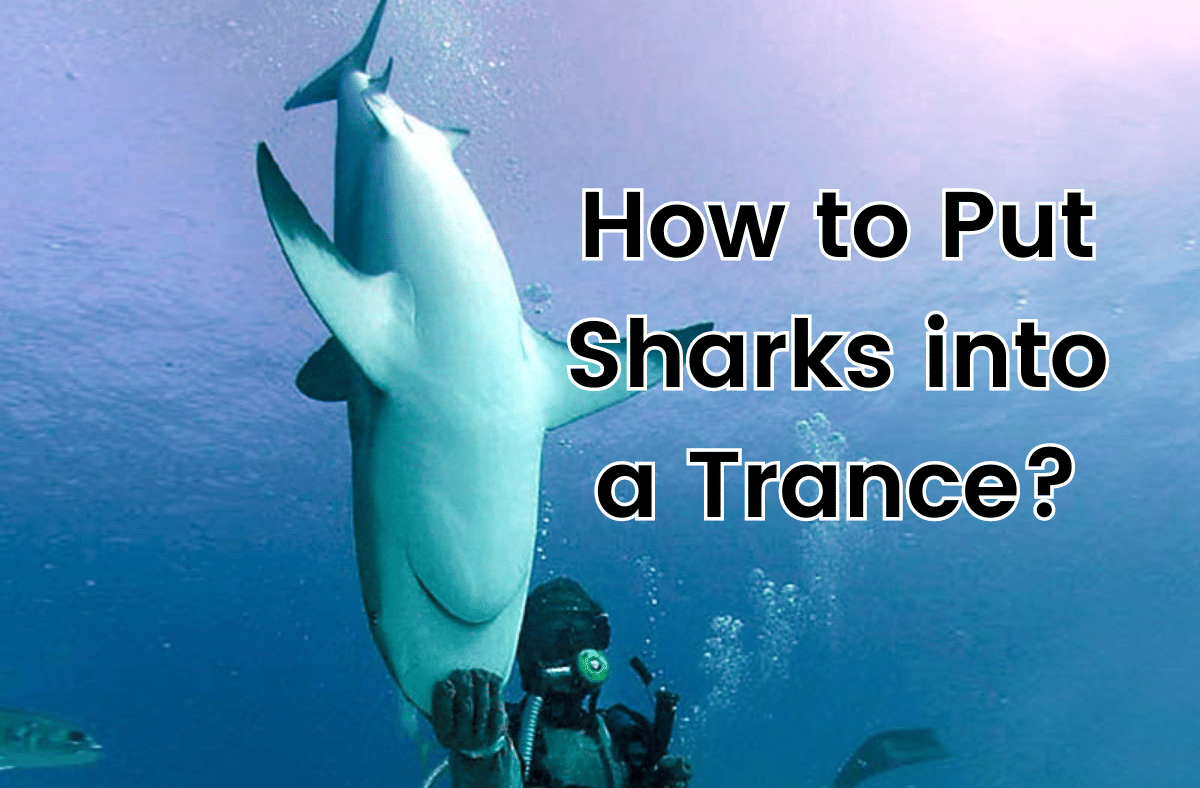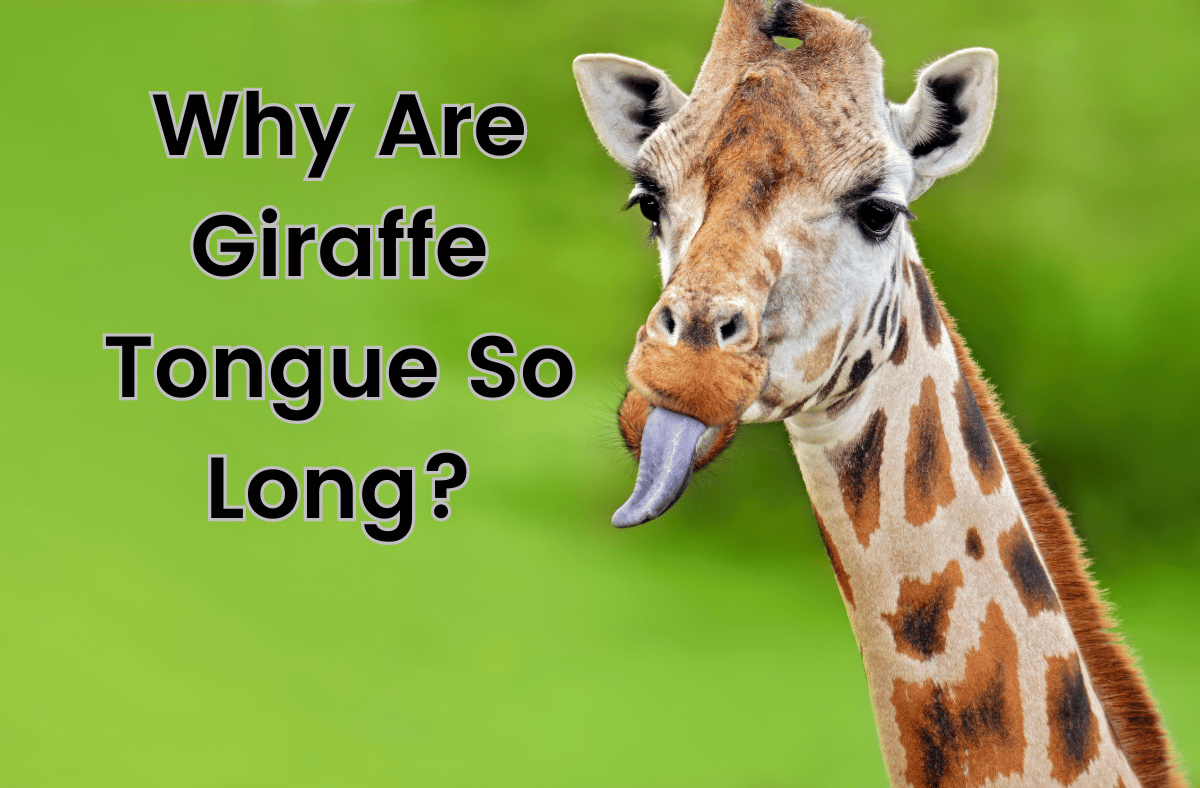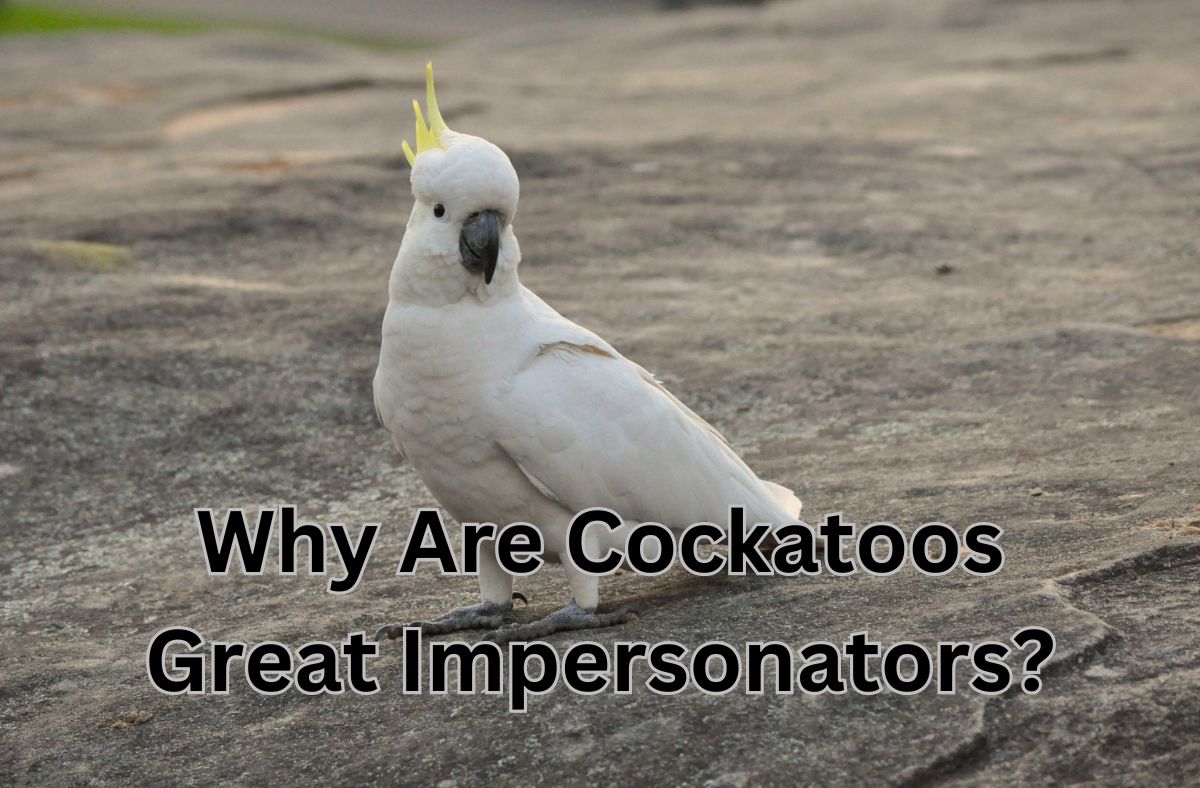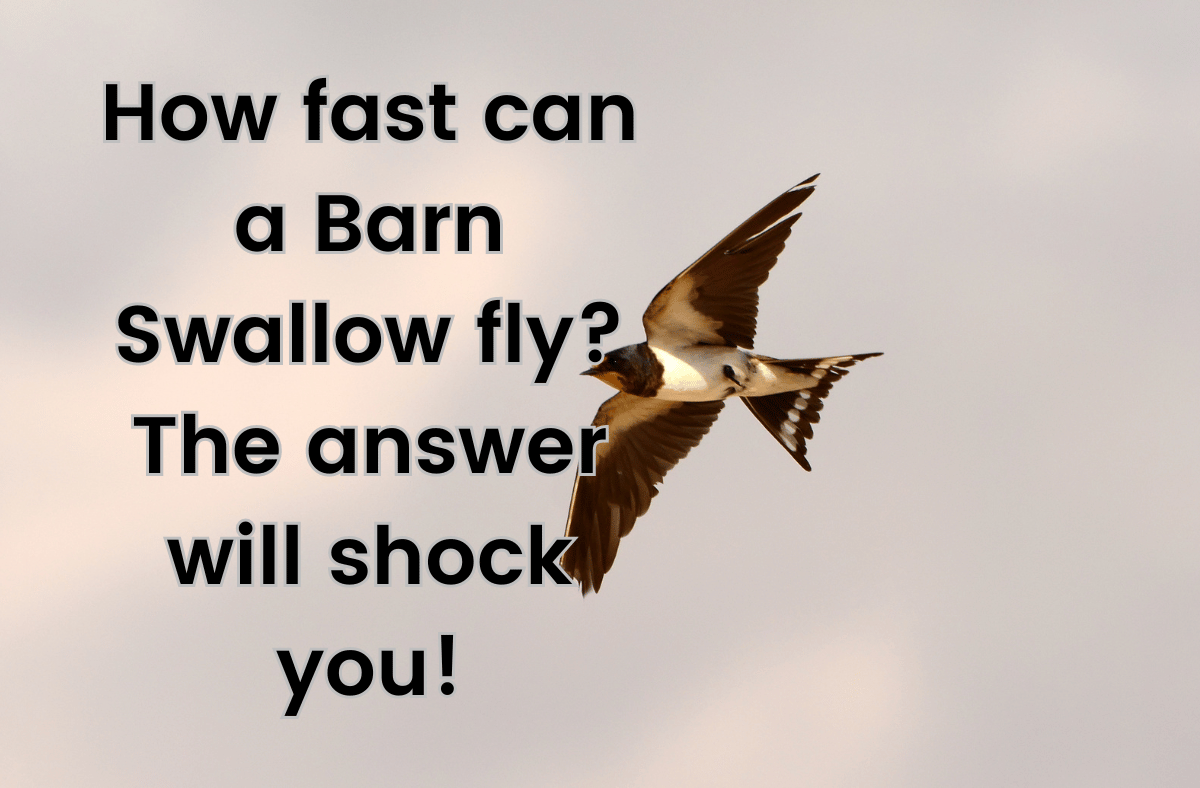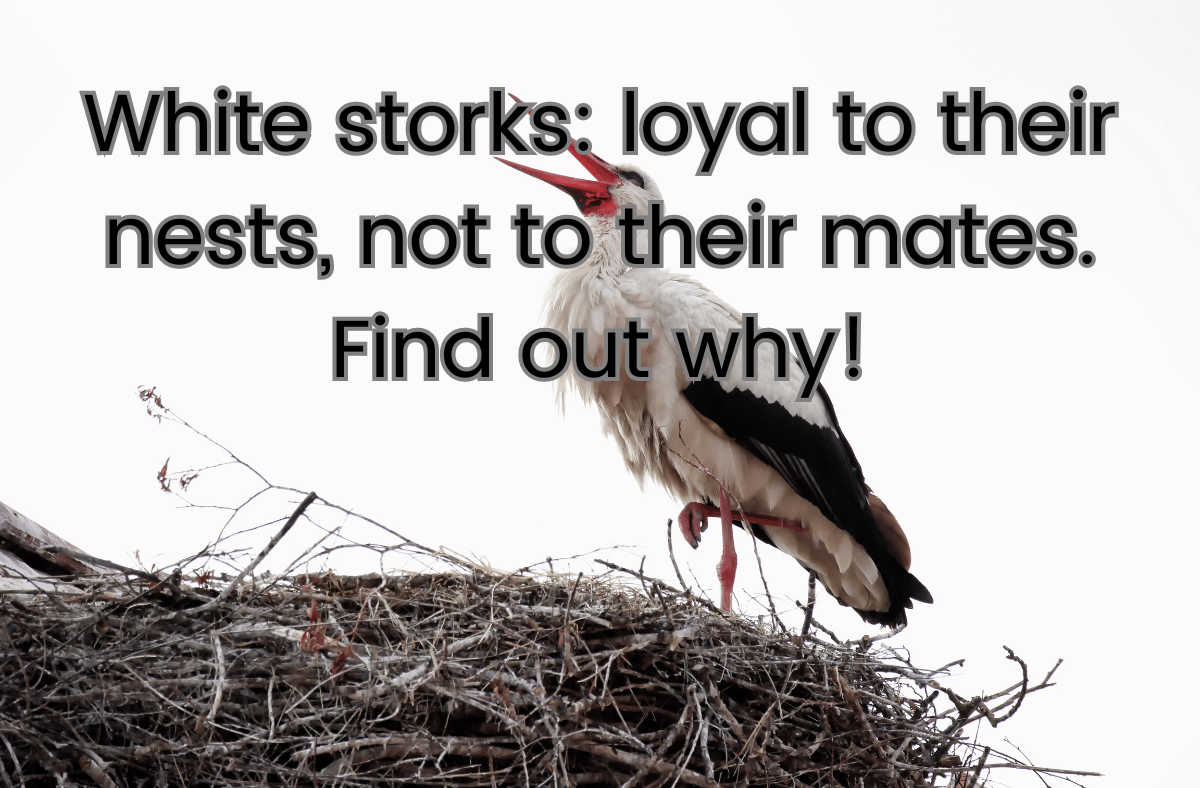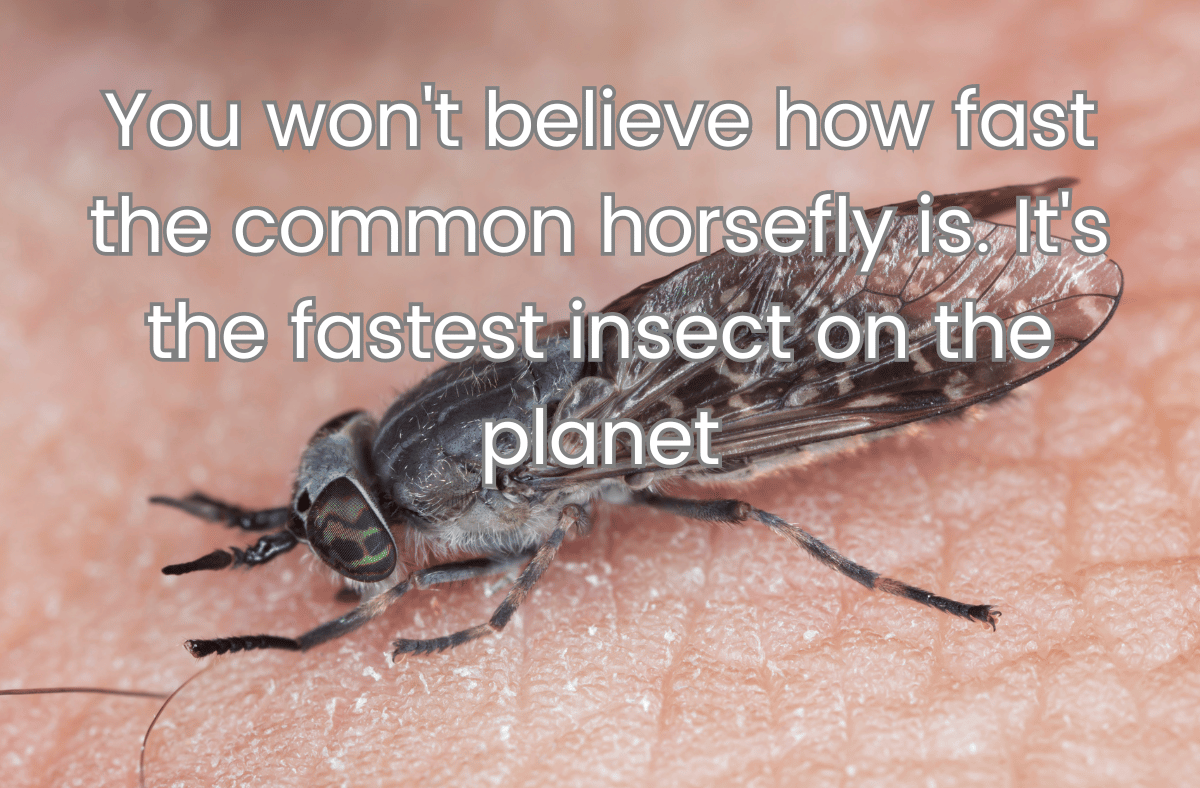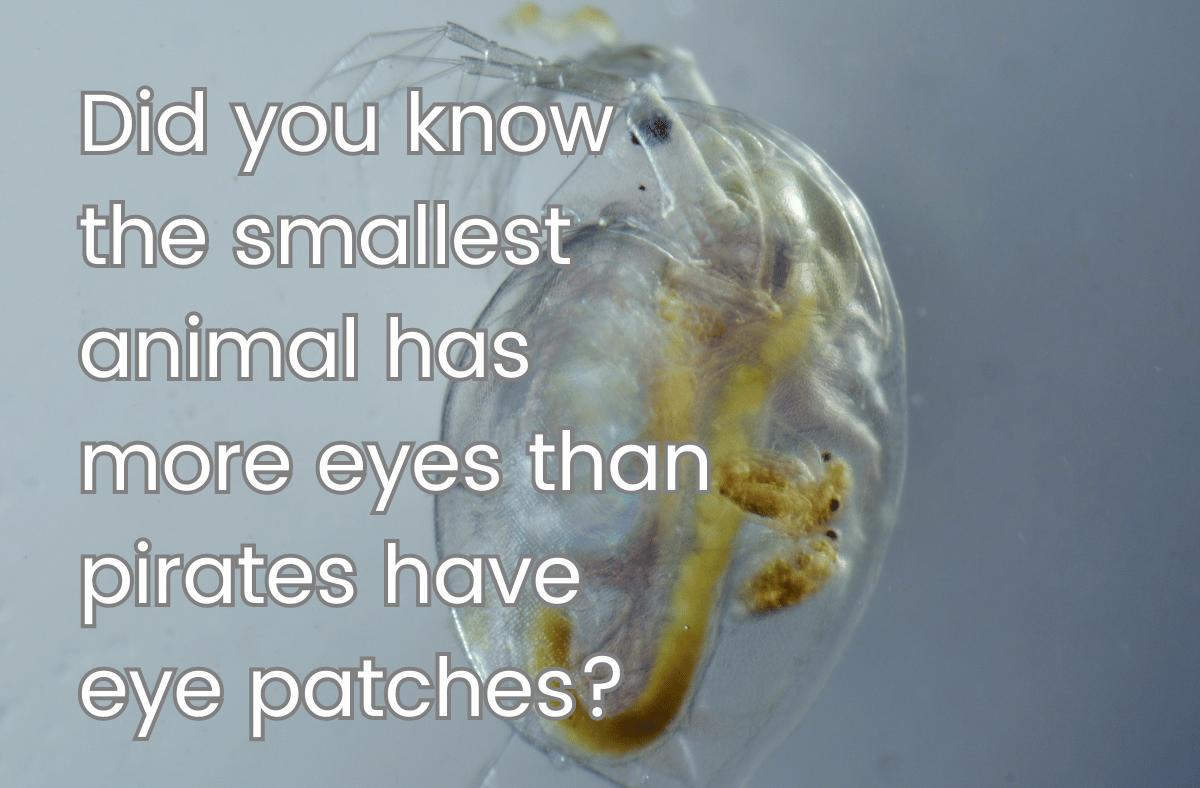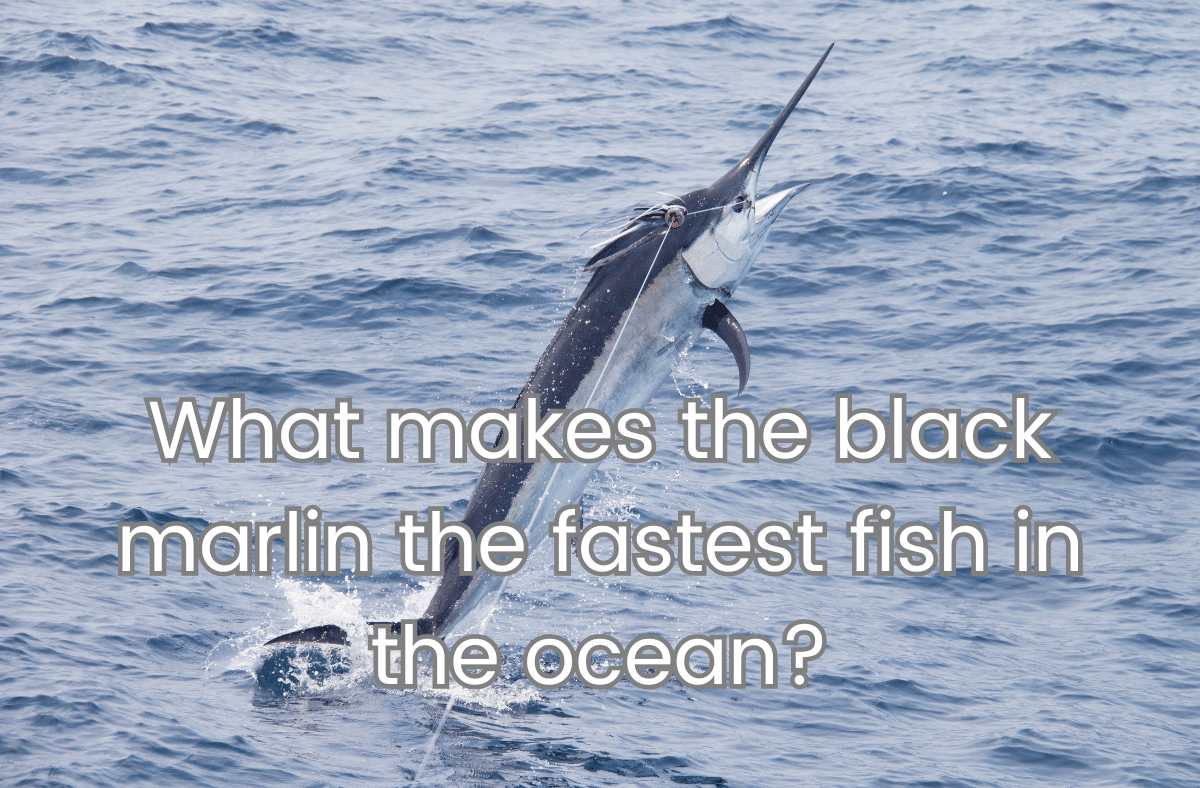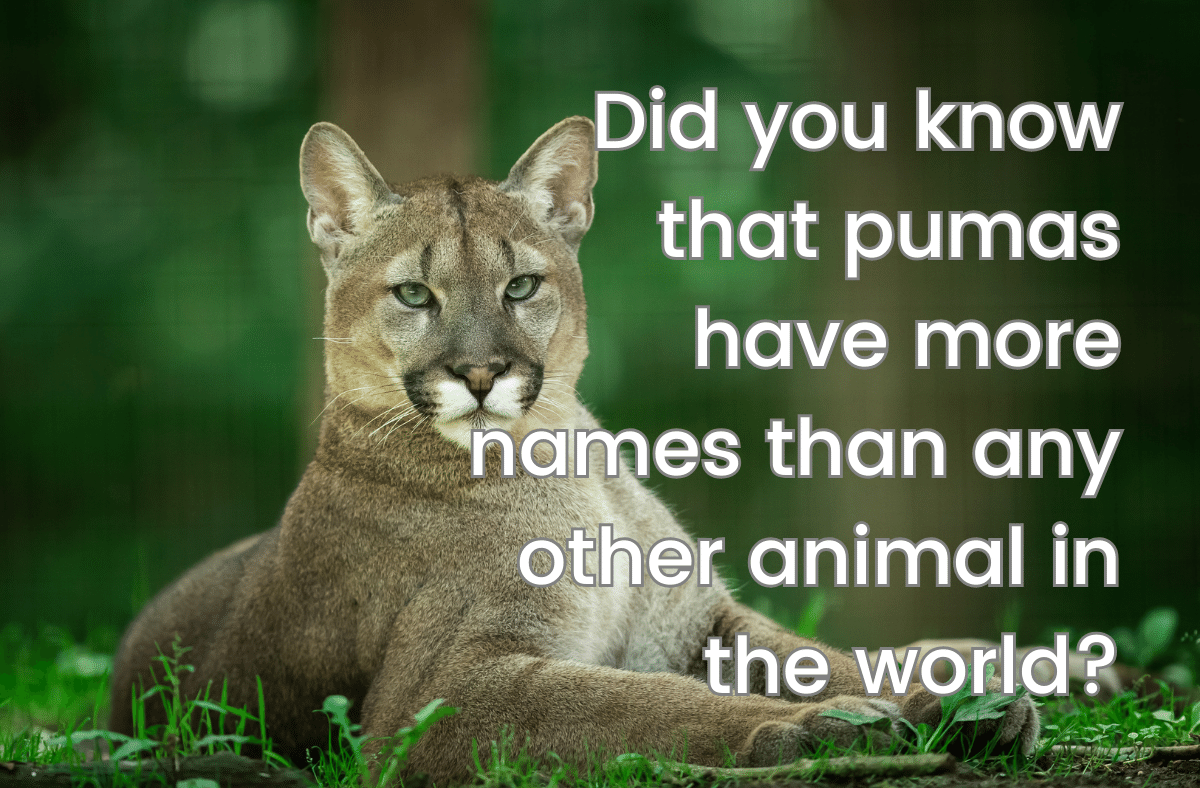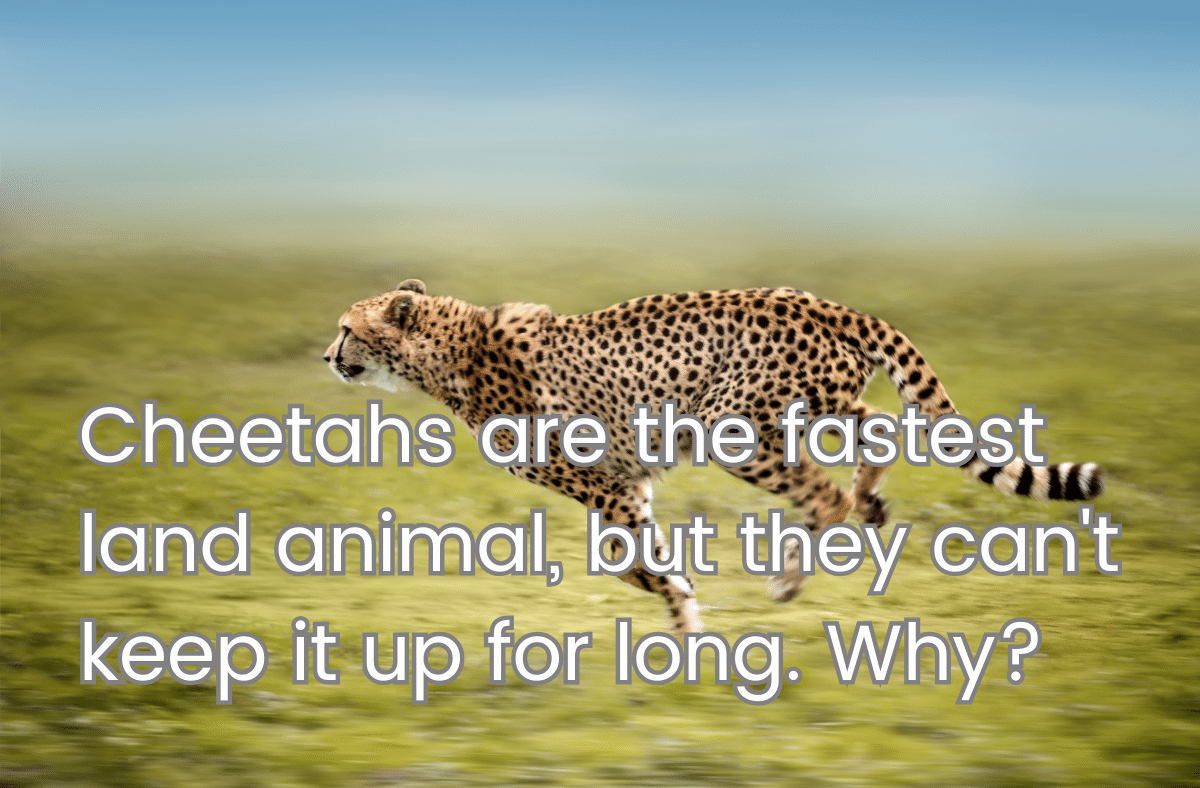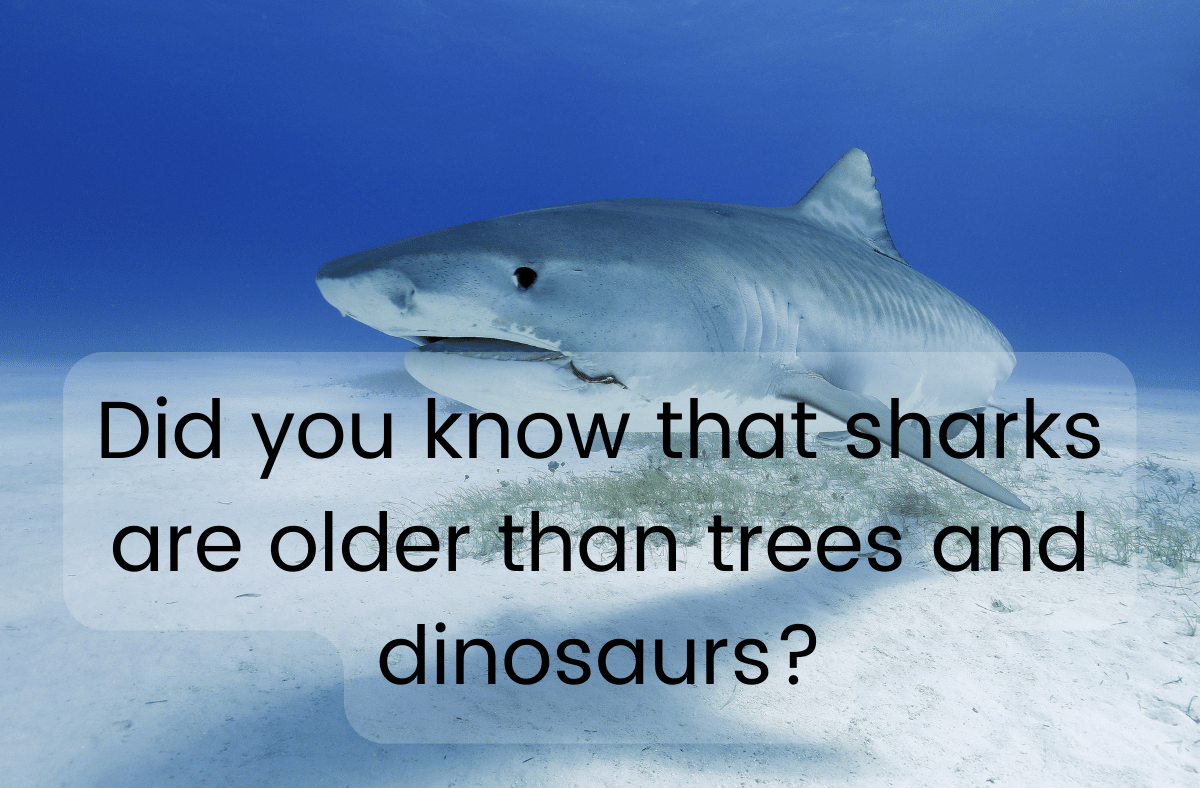For those in a hurry
- Ants have two stomachs, one for themselves and one for sharing food with their colony.
- This is called trophallaxis, and it helps ants communicate, exchange nutrients, and maintain social bonds.
- Trophallaxis also allows them to transfer enzymes, hormones, and immune factors that regulate their physiology and behavior.
- They can share food with specific individuals or groups, depending on their needs and preferences.
- Trophallaxis is essential for the survival and success of ant colonies.
What are the two stomachs of ants?
Ants are fascinating insects that live in complex societies. They have many adaptations that help them cooperate and coordinate their activities. One of these adaptations is having two stomachs.
The first stomach, or the foregut, is where ants digest their own food. The second stomach, or the crop, is where they store food for later use or for sharing with other ants. The crop can hold up to half of the ant’s body weight in liquid food.
How do ants share food with their colony?
They share food with their colony through a process called trophallaxis. This is when two ants touch their mouthparts and exchange food from their crops. Trophallaxis can occur between any two ants, but it is more common among nestmates.
Trophallaxis is not just a way of feeding hungry ants. It is also a way of communicating, exchanging nutrients, and maintaining social bonds. By sharing food, ants can transmit chemical signals that convey information about their identity, health, location, and tasks. These signals help ants coordinate their collective actions and adapt to changing environments.
Trophallaxis also allows them to transfer enzymes, hormones, and immune factors that regulate their physiology and behavior. For example, some ants can produce a substance that inhibits the development of ovaries in other ants, ensuring that only the queen can reproduce. Some ants can also share antibiotics that protect them from pathogens.
How do they decide whom to share food with?
Ants can share food with specific individuals or groups, depending on their needs and preferences. For instance, some ants prefer to share food with their close relatives, while others are more generous to unrelated nestmates. Some ants share food more often with workers that perform the same tasks as them, while others favor workers that do different tasks. Some ants even discriminate between different colonies of the same species, and only share food with allies.
The factors that influence the decisions of ants are not fully understood, but they may include genetic relatedness, social familiarity, environmental cues, and individual personalities.
Why is trophallaxis important for ant colonies?
Trophallaxis is essential for the survival and success of ant colonies. It enables ants to distribute food resources efficiently and evenly among the colony members. It also helps ants to maintain a high level of cooperation and cohesion within the colony. Without trophallaxis, ant colonies would not be able to function as a superorganism.



